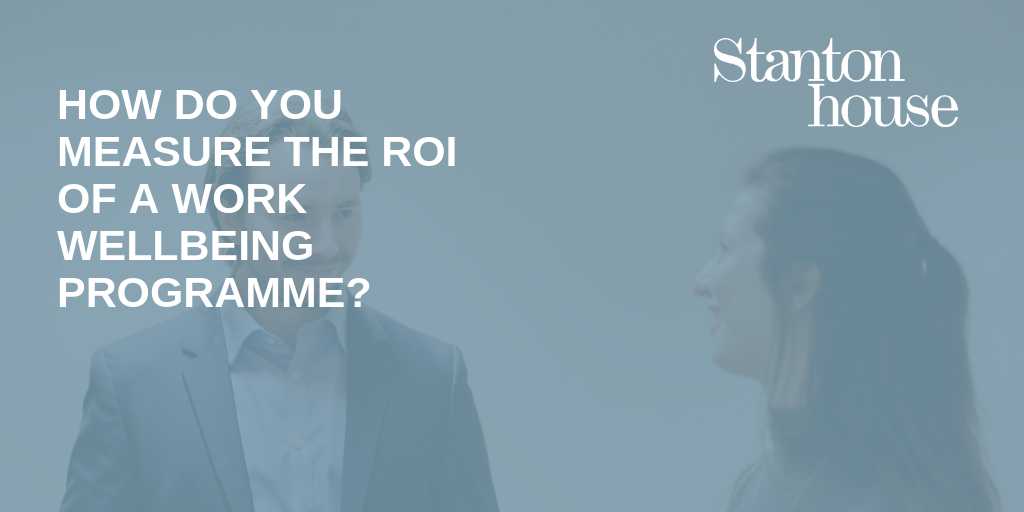
This blog was posted by Bex Pearce
Client Relationship Director

Posting date:
01 May 2019
Wellbeing is the ‘in’ thing. It’s the umbrella term coined to describe any workplace activity that promotes a great mental, physical or emotional health and it’s making great changes to every organisation that takes part.
But, while we can measure the success of a wellbeing programme by staff satisfaction, how do we measure the Return on Investment (ROI)?
Wellbeing can bring about change that spans beyond yoga on the roof terrace and free fruit baskets in the office. A sophisticated and successful wellbeing programme will delve into every aspect of employee ‘well-being’ and find a way to make them thrive inside and outside of work.
By boosting the happiness of your workforce, you are enhancing their productivity, loyalty and commitment to the cause making building a case for change, almost effortless.
A wellbeing programme can directly correlate to a reduction in sick leave, retention of staff, heightened activity levels and an increase in employer Net Promoter Score because after all, happy staff – happy customer. In fact, an Evaluation of Workplace Intervention study found that for every £1 spent, companies can expect an ROI of £9 and similarly Deloitte recently published their Thriving at Work report which revealed that sickness leave, absenteeism, turnover and presenteeism costs the employer £42 billion – billions of pounds that could be saved through wellbeing.
As we embark on our own journey with wellbeing, I’d love to hear more about yours - How do you measure both the success of the programme and the ROI for the business?
Similar blogs

Insight papers
We take great pride in being able to share expert knowledge and having an opinion on the topics that will impact your hiring success or professional career.
Explore and download our recent insight papers.



